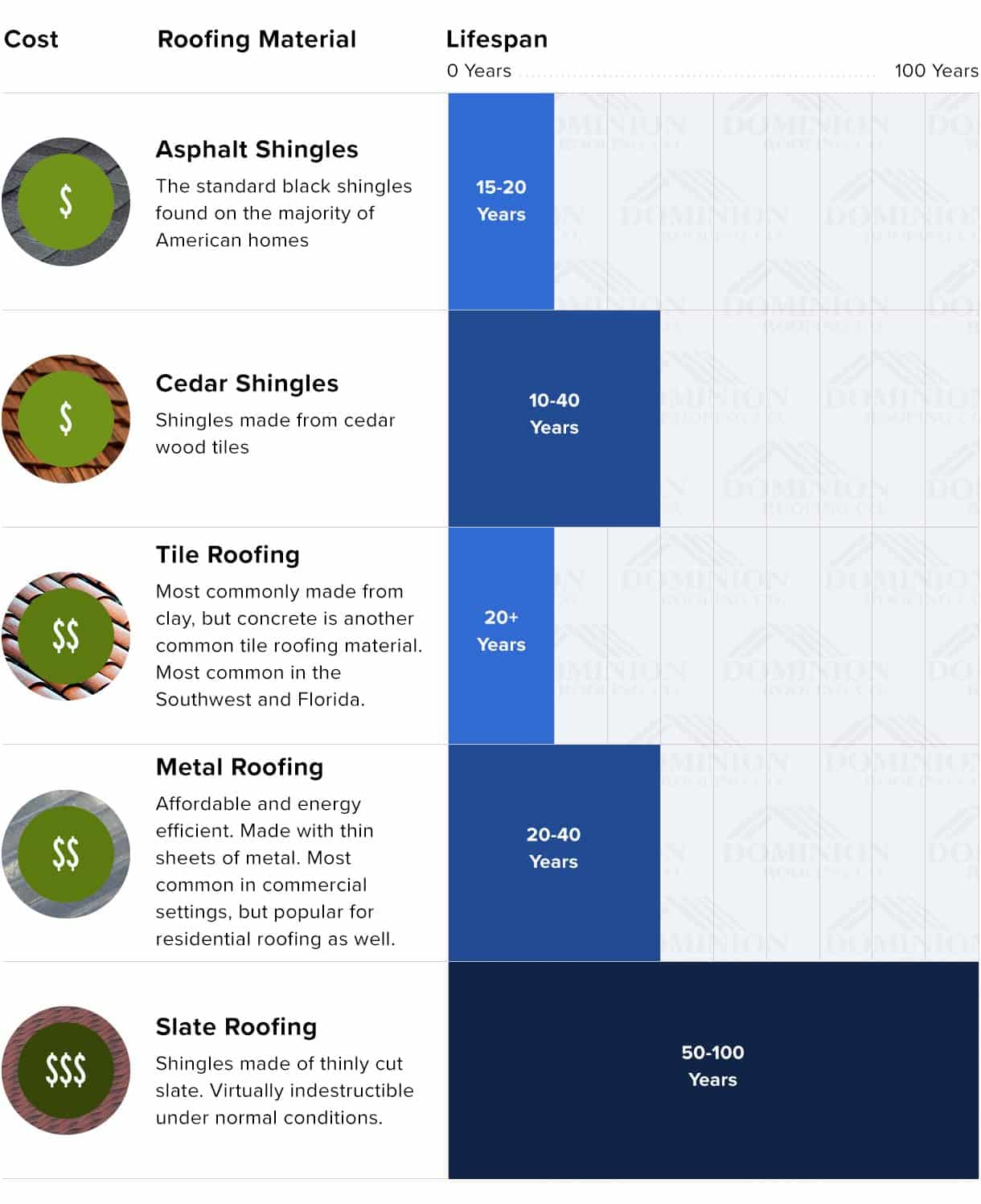Exactly How Weather Issues Shape Roofing Setup: The Best Seasons For A Successful Outcome
Exactly How Weather Issues Shape Roofing Setup: The Best Seasons For A Successful Outcome
Blog Article
Web Content Develop By-Johannesen Timm
When it concerns roof installments, the climate can make or damage the task. Visualize the aggravation of managing materials that will not comply because of severe heat or battling unsafe surface areas caused by unforeseen rain. Recognizing the effect of weather conditions on your roof job is crucial for a successful result. So, let's check out how different weather aspects can affect the high quality and resilience of your roofing setup, guaranteeing a job well done.
Impact of Temperature on Roofing Setup
When it comes to roof covering setup, temperature plays an essential role while doing so. The suitable temperature level for roof tasks usually drops in between 45 and 85 levels Fahrenheit. Extreme warm can create products like shingles to become also flexible, resulting in possible damage throughout installation. On the other hand, cool temperature levels can make materials weak and prone to splitting. It is necessary to arrange roof covering installations throughout modest temperatures to make certain the most effective result.
During cooler weather condition, professionals might require to take additional preventative measures such as making use of heated devices or enabling products to heat up before setup.
In best roofing company in san antonio , hot weather may call for work to be done previously or later on in the day to prevent the peak temperature levels. By thinking about the temperature level and its results on roofing products, you can help guarantee a successful installment that will certainly stand up to the components for many years ahead.
Effect of Rainfall on Roof Projects
Roof covering jobs can be substantially impacted by rainfall, influencing both the timeline and the top quality of the installment. Rainfall or snow can produce slippery problems, making it dangerous for roofing contractors to deal with a damp surface. In addition, moisture can jeopardize the adhesion of materials like roof shingles or underlayment, causing potential leaks or problems in the future.
If it rainfalls throughout a roof covering task, the water can permeate into prone areas, causing delays as the installment team need to await the roof covering to completely dry before continuing. Extreme wetness can additionally advertise the development of mold and mildew and mold, additional endangering the integrity of the roof.
To stay clear of these issues, it's suggested to set up roofing projects throughout drier seasons or keep an eye on the weather forecast very closely to prepare about any type of prospective rainstorms. By taking preventative measures to work in favorable weather, you can make certain a smoother and a lot more successful roof covering setup process.
Impact of Wind Rate on Setup Success
During roof setup, the rate of the wind plays an essential duty in figuring out the success of the task. High wind speeds can posture considerable difficulties to contractors, potentially causing security threats and quality concerns. When wind speeds go beyond recommended limits, it comes to be difficult to handle products, increasing the threat of crashes and damages to the roof products. Solid gusts can likewise influence the accuracy of dimensions and the precision needed for appropriate installation.
To make sure click over here , it's necessary to monitor and take into consideration wind speeds. Ideally, roof covering installation ought to occur on days with low to modest wind speeds. This not only improves the security of the employees but also enhances the general top quality of the installation.
https://roofing-shovel30617.blog2freedom.com/32418679/discover-the-significant-distinctions-between-metal-and-tile-roofing-to-aid-you-decide-which-alternative-is-the-most-ideal-for-your-choices-and-monetary-circumstance covering projects arranged during calm weather are more likely to be completed effectively and with less mistakes. By taking https://www.architectureanddesign.com.au/suppliers/attic-ladders/protecting-your-roof-space-against-dust-and-damp of wind rate projections and preparing accordingly, you can assist ensure a smooth and successful roof installment process.
Final thought
So, when it comes to roof covering setup, remember to think about the weather conditions to ensure a successful job. Optimal temperature levels, dry conditions, and moderate wind speeds are key aspects to prioritize for a smooth installation process. By scheduling your job during the best periods and perfect weather conditions, you can achieve a resilient and resilient roofing that will protect your home for several years to come.
